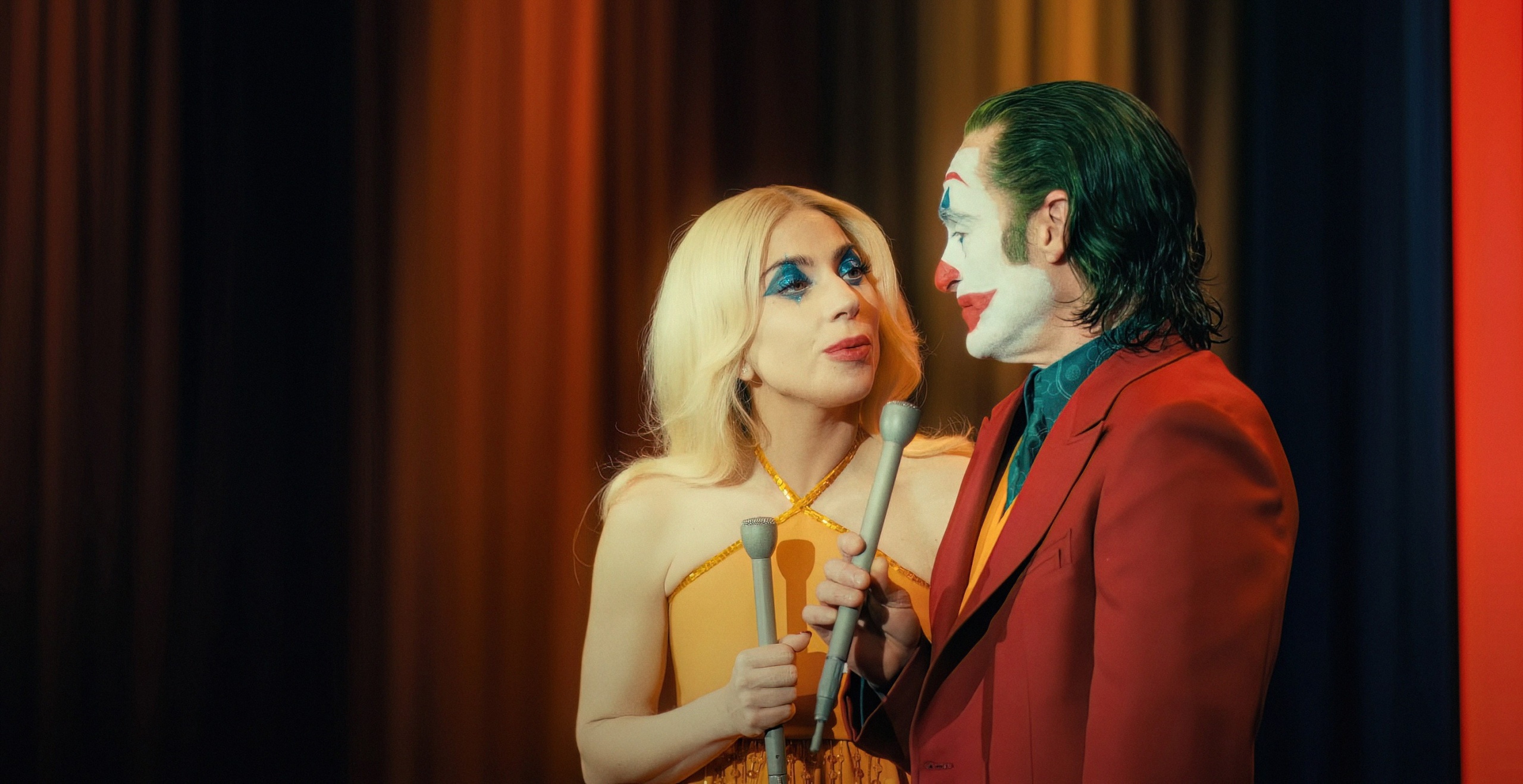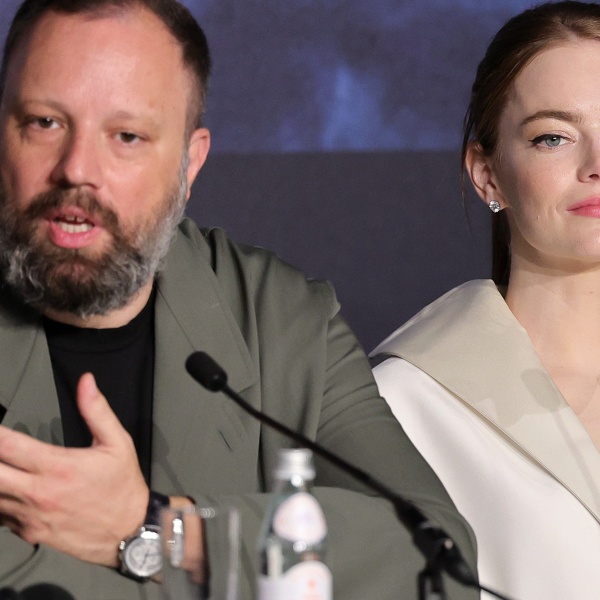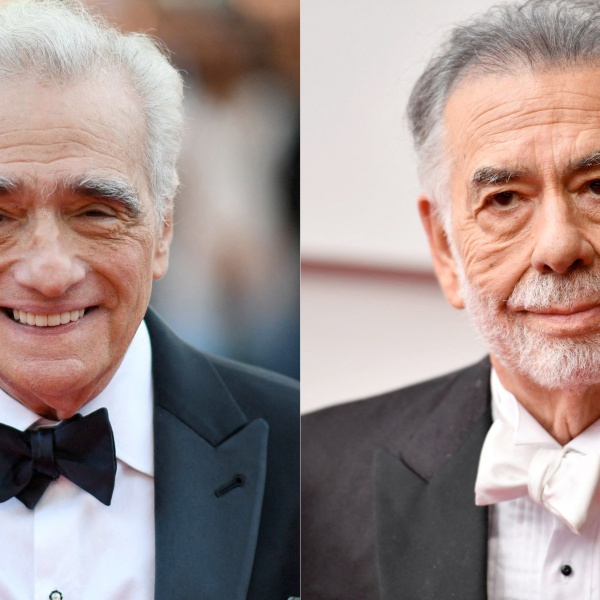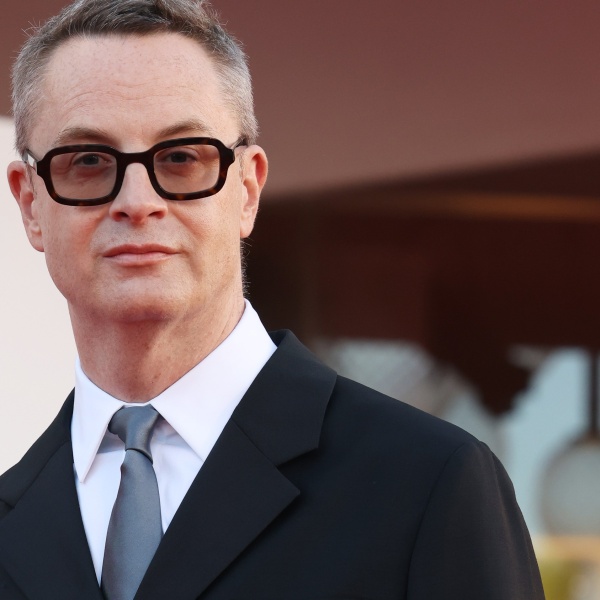Costume designer Arianne Phillips has created some of the most iconic looks of the past 30 years, from Brandon Lee’s sleek black coat and boots in “The Crow” to Brad Pitt’s Hawaiian shirt/Champion tee combo in “Once Upon a Time…in Hollywood.” With “Joker: Folie à Deux,” she faced a new challenge: following in the footsteps of her colleague Mark Bridges, who designed the Oscar-nominated wardrobe for the first “Joker,” and honoring his work while taking it in new directions.
“I was a huge fan of the first film,” Phillips told IndieWire. “The initial conversations were about fitting seamlessly into the Gotham world they had created in the first movie while expanding on Arthur’s story.” One of the biggest differences between “Joker” and its follow-up was the thing that excited Phillips the most: that it was a musical. And not just a musical, but a tragic musical — Phillips’ favorite kind.
“I’m not a musical comedy person,” Phillips said. “Give me ‘West Side Story’ all day long.” In “Joker: Folie à Deux,” Arthur Fleck (Joaquin Phoenix) thinks he has found love with Lady Gaga’s Lee Quinzel; yet as Arthur slowly sheds his shadow self — the Joker — Lee moves in the other direction, ultimately transforming into Harley Quinn and leaving Arthur when he abandons their shared delusional fantasy. For Phillips, tracing the arc of this doomed romance through the clothes was one of the film’s great pleasures.
“There was this kind of underdeveloped quality that Stephanie [Lady Gaga] and I wanted, an infantilized fan girl quality we wanted Lee to have,” Phillips said, noting that the character’s progression is reflected in what she wears. “At Arkham, she’s wearing hospital-issue scrubs over a tank top and bra with little flowers on it, and then she’s wearing this oversized grandpa sweater that kind of swallows her up. Then in the courtroom, she’s wearing baby doll dresses, because even though she’s a woman, she’s obsessed with the Joker like a teenage girl — she’s a fan girl in a way that stunts her emotional growth.”

Ironically, when Arthur is ready to completely shed the Joker persona, Lee disappears into Harley Quinn with her final costume, a red diamond-patterned jacket that’s more sophisticated and aggressive than the childish clothes she’s been wearing throughout the film. Arriving at the final look took a lot of trial and error, but Phillips said she had plenty of access to Gaga thanks to the extensive prep time shooting a musical required; they worked closely together to come up with looks that fulfilled Phillips’ desire to stay faithful to the character without being beholden to past iterations.
“I tried not to look at too much of what’s out there,” Phillips said, “though obviously I’m aware of ‘Birds of Prey’ and that Harley. I wasn’t so aware of the animated series, but Stephanie is a fan of it and kept bringing it into the conversation.” Ultimately, to respect the more realistic approach of the “Joker” films, Phillips came up with a backstory for the costume that she felt placed it in the world the movies had established while retaining its archetypal quality.
“I decided that she was this punky little girl in the early 1980s who thrifted pieces and cobbled together her clothes,” Phillips said. “She ripped the black and white corset out of something she found at the thrift store.” This grounded approach was another example of Phillips taking an idea Bridges introduced in the first film and running with it. “The Joker suit that he created is rooted in reality. It evolves from Arthur’s life working as a clown.”

The musical fantasy element of “Joker: Folie à Deux” allowed Phillips to have some fun with the Joker suit that Bridges created, staying faithful to his design while presenting a number of variations on it. “We recreated the silhouette of that suit as an archetype, but then in the fantasies, we play with it,” Phillips said. “You see it in white in the wedding sequence, in cobalt blue in the jazz scene…and the black tuxedo is the same silhouette when they’re dancing on the rooftop. I was really inspired by ‘The Cook, the Thief, His Wife & Her Lover,’ where the silhouettes stayed the same but the costumes changed color in every room.”
Entering a world with a preexisting visual language reminded Phillips of another of her most satisfying experiences, on “Once Upon a Time…in Hollywood.” “I was the new kid on the block with Quentin, just like I was the new kid on the block here with [director] Todd [Phillips] and [cinematographer] Larry Sher and [production designer] Mark Friedberg,” she said. “It was a similar feeling in that working with Quentin for the first time I really wanted to respect and add to the visual style that he’s known for. I had the same kind of reverence for him that I had for ‘Joker.’”
Ultimately, Phillips felt just as free as if she was working in worlds she created from scratch. “In both cases, I was allowed to take my own risks,” she said. “My directive was to find another layer or a further exploration of the character through the costumes. That was really exciting and very daunting.” And while Phillips may not have previously worked with Todd Phillips and his team, “Joker: Folie à Deux” represented a reunion with Phoenix after their work nearly 20 years ago on “Walk the Line.”
“The first day I saw him, he said, ‘So I guess we only do movies with music together,’” Phillips said. “But that’s a great niche to have with him, because he makes it look so effortless and comes from a deeply authentic place. When you bring in a female character played by the one and only Lady Gaga, I was just like, ‘Well, can it get any better?’”






